100 years young!
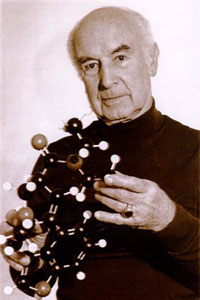
Zurich - Albert Hofmann, the Swiss chemist who discovered the now-banned hallucinogenic drug LSD that was an icon of the Hippy movement, celebrated his 100th birthday on Wednesday.
"I'm just an ordinary Swiss, who likes the simple things in life," said Hofmann in an interview with the Tages Anzeiger newspaper.
The sprightly centenarian said he wanted to refurbish the controversial substance's tarnished image for medical use, although he cautioned against abuse by recreational users.
Hofmann stumbled upon LSD in 1943 after accidentally taking it at the Sandoz company's laboratories in Basel, Switzerland's pharmaceutical hub.
The scientist, who was born in northern Switzerland in 1906, worked for Sandoz from 1929 to 1971.
The first 'trip'
During the 1930s he did research on medicinal plants, trying to synthesise their active components in the hope of discovering a stimulant for the respiratory and circulatory systems.
In 1938 while working on ergot, a fungus that attacks grain, Hofmann isolated the German-named "Lysergsaeure-Diaethylamid", or lysergic acid diethylamide.
But the chemist failed to interest doctors in the discovery after tests on animals proved inconclusive.
Five years later on April 16 1943, while working in his lab, Hofmann spilled some synthesised LSD onto his hand.
The effects were immediate. Suffering dizziness, he decided to cycle home and pedalled into his first "trip".
Hofmann later said a wave of sudden happiness swept over him as he recalled sensations from his childhood, he began to hallucinate with objects around him appearing distorted and he felt able to fly.
Unsure what had caused the experience, Hofmann first thought it was caused by a chloroform-based solvent.
However, inhaling that failed to produce the desired effect. Hofmann decided three days later to take a miniscule dose of LSD - and within 40 minutes was hallucinating again, feeling a combination of euphoria and anxiety.
'Problem child'
Recognising LSD's therapeutic possibilities, Sandoz commercialised the drug from 1947. It was used to treat psychiatric patients who were in a reactionless state and for whom other drugs were no help.
Thanks to LSD, they were "stimulated, and in a sense they woke up", said Hofmann.
Scientists also saw the drug as a way to unlock the mysteries of the human brain, as it gave emotions the upper hand, as well as a way to understand the link between chemical substances and mental illness.
In a book he later wrote - where he dubbed LSD his "problem child" - Hofmann said he never envisaged the success it later achieved with young sensation-seekers.
The danger of LSD
In the Sixties, LSD, nicknamed "acid", was widely used by writers, artists and musicians particularly in the United States. It even gave rise to the art form known as "psychedelic art".
Baulking at such recreational use, US authorities banned the drug in 1966 and it subsequently became illegal worldwide, even for therapeutic use.
"That has to change," Hofmann said, adding that he would like to more flexibility, given what he sees as LSD's benefits.
In particular, he pointed to the possibility of using LSD to ease the suffering of the terminally ill when morphine now longer has any effect.
However, he said, haphazard use of LSD can be extremely dangerous, with the risk increased because buyers don't know what doses sold by drug dealers actually contain.
Like all hallucinogenic drugs, LSD can cause permanent damage if the dose taken is too high. It only takes one 10 000th of a gram of LSD to produce hallucinations.
In its original form.







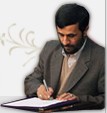
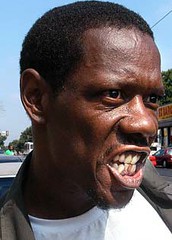
 Approved
Approved

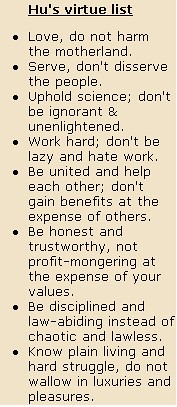
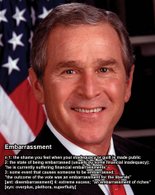

<< Home